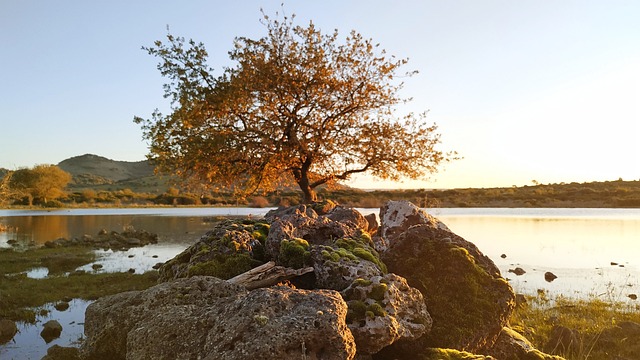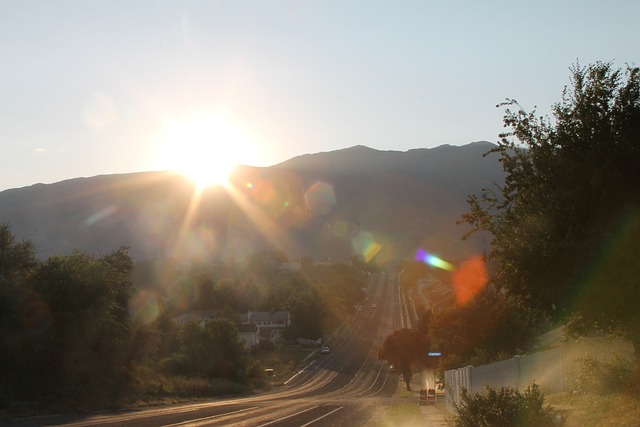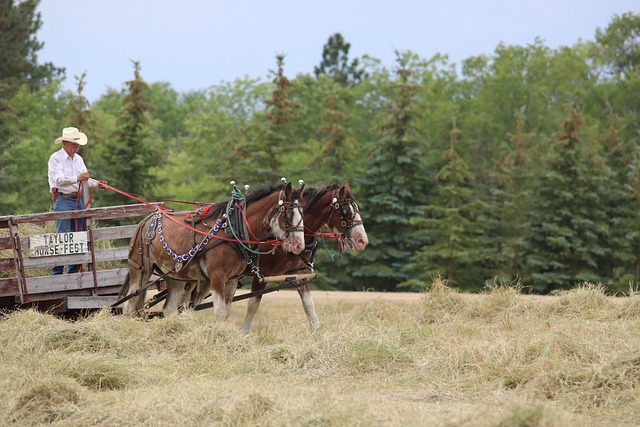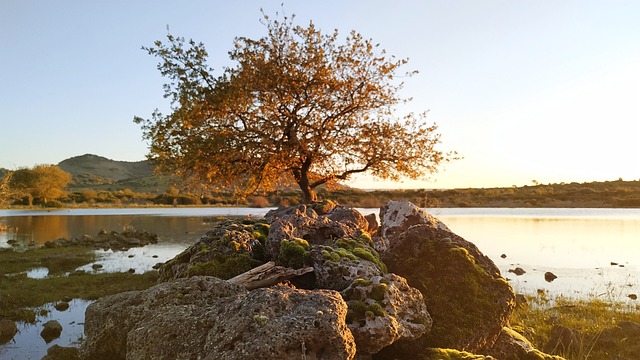Preserving historical roots and traditional values significantly shapes the real estate market. Historic architecture, landmarks, and cultural heritage attract buyers seeking past-driven environments, revitalizing historic districts into desirable neighborhoods. This trend boosts property values, sparks investor interest, fosters economic opportunities through tourism, and creates unique living experiences. Integrating traditional heritage with modern amenities reshapes city landscapes, attracting diverse populations and fostering vibrant communities. Real estate plays a key role in preserving history while catering to contemporary needs, enhancing property values and strengthening social bonds.
In a world where modern developments dominate the landscape, celebrating traditional values and pioneer heritage remains vital. This article delves into the profound impact of preserving historical roots on the real estate market, exploring how urban development has evolved to embrace timeless values. We uncover the significance of community engagement in honoring heritage for future growth, highlighting successful strategies that blend the old with the new. Discover how these approaches are reshaping cities and attracting investors worldwide.
Preserving Historical Roots: Unveiling the Impact on Real Estate Market

Preserving historical roots and celebrating traditional values can significantly shape the real estate market. When communities prioritize maintaining their historic architecture, landmarks, and cultural heritage, it attracts buyers who appreciate and seek to live in environments that tell stories of the past. This trend is evident in many cities where revitalized historic districts have become sought-after neighborhoods, driving up property values and sparking interest from investors.
The impact on the real estate market is twofold. On one hand, it offers unique living experiences for residents who wish to connect with their community’s history. On the other, it creates economic opportunities by fostering tourism and boosting local businesses. Well-preserved historical areas often become popular destinations, encouraging development while preserving the essence of a place, making them highly desirable for both residents and visitors alike.
The Evolution of Traditional Values in Urban Development

In the realm of urban development, traditional values have undergone a fascinating evolution, mirroring the dynamic nature of modern society. As cities expand and transform, real estate plays a pivotal role in preserving and showcasing heritage while also accommodating contemporary needs. The integration of historic architecture and cultural landmarks into urban landscapes is a testament to this balance. By embracing and revitalizing pioneer heritage, communities create unique selling points that attract diverse populations seeking both authentic experiences and modern amenities.
This blend of old and new fosters a vibrant tapestry where traditional values resonate with the demands of contemporary living. Real estate developers and urban planners must navigate this labyrinthine process, ensuring that historic sites remain integral to the city’s identity while enhancing their accessibility for future generations. This delicate equilibrium is a game-changer in shaping urban spaces that cater to diverse populations and preserve the indelible marks left by pioneers.
Community Engagement: Celebrating Heritage for Future Growth

In the realm of real estate, celebrating traditional values and pioneer heritage isn’t just about preserving history; it’s a strategic approach to fostering community engagement and cultivating a unique sense of place. By integrating the past into present-day development, areas can attract residents who seek more than just a roof over their heads—they crave a connection to something larger, a feeling of belonging. This strategy not only enhances property values but also strengthens social bonds, encouraging a collective pride in the community’s roots and future growth.
Such initiatives can take many forms, from historic restoration projects to cultural events that highlight local traditions. These efforts create an environment where residents become invested in their surroundings, fostering a sense of stewardship for both the built and natural landscapes. This, in turn, stimulates local economies and encourages investment, ensuring that heritage celebration becomes a driving force for sustainable and vibrant communities, now and for generations to come.






